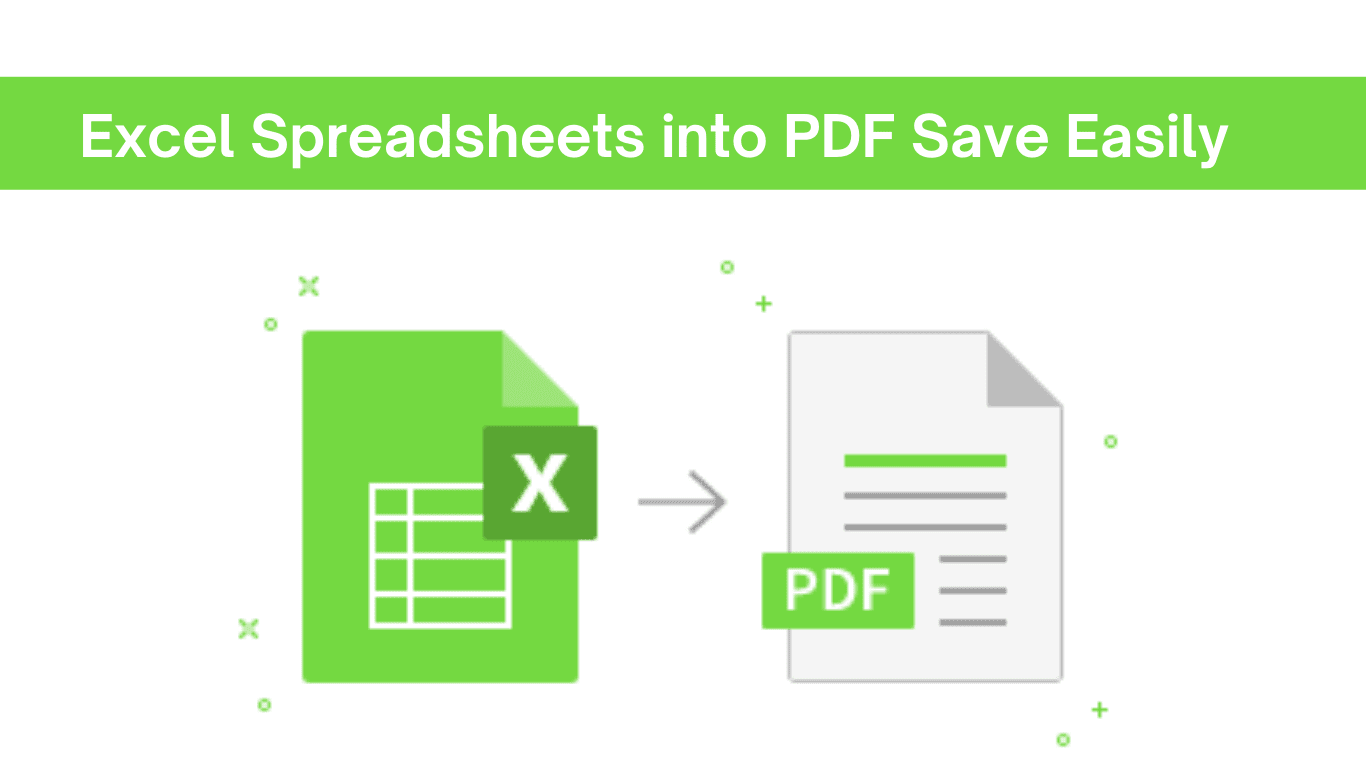
You will have almost certainly used a web portal over the last year but may have done so without knowing that this format is a growing trend online. Loaded with pages, links to further pages, and lots of reading, people now seek out web portals as a go-to place to get all of the information that they could need from key resources.
Governments and government offices have utilized the power of web portals for a long time, but in an age of needing quick and easy access to information, the format has become much more popular across the board. Here, we’re running through exactly what it means to set up a website portal, as well as offering some examples of leaders in the field that have tweaked the formula to suit their niche.
What is a web portal, and how is it used?
A website portal essentially aims to be your go-to point of access for all of the information, resources, and even external sites that pertain to your selection of topics. Web portals can, in theory, be deployed to suit any topic, from a true niche to a collection of popular topics. The aim is always the same across the web portals, though: you need to provide in-depth, useful, and easily accessed information to provide lots of value.
Some utilize the web portal build as a way to expand across several news topics, while others home-in on a niche to build a library of guides, useful information, and regularly updated pages. By making the portal easy to use and valuable in its information, it can muscle ahead of traditional dedicated sites through its convenience, and sometimes by ranking and rating other sites relevant to its chosen niche to become an authority figure.
While you can make use of the Techbii.com introduction to WordPress guide to build a web portal, you’ll want to steer clear of some of the fundamental rules. Most of the time, you’re better off appealing to a set audience rather than including something for every interested party, but with a web portal, you’re free to expand all branches. Doing this, however, is a hefty task, with several pages needing to be built, linked between, and optimized.
Web portals aren’t necessarily just outward-looking databases of useful information and advice planted online, though. Many businesses are seeing the utility in establishing a web portal for employees, suppliers, or customers. With all of the information that anyone could need to be corralled into one easy-to-navigate place, people are generally more informed, can get help quicker, and are happier as a result.
Web portals leading by example
Easily the industry making the most logical use of the web portal design is the banking industry, with Santander.co.uk being the best example. Banking can be confusing, and people never want to mess around when it comes to their money, so Santander has created an extensive web portal filled with clear-cut pages pertaining to each of their services and products. It also separates personal, corporate, private, and business segments of the site, while also using a similar format after logging in on your account’s banking pages. To give a glimpse at the scale here, each of the menu dropdown’s eight headings has around five-section pages and then a stack of specific ‘Tools and guides’ and ‘Support’ links for further assistance.
Web portals are also proving to be crucial resources to industries in new regions. Many online businesses are now breaking into Asia, with online gambling being one of them. The scene now hosts so many sites, games, and betting options that most seek assistance and information before trying out what is known as ‘iGaming.’ So, Asiabet.org established an online gambling portal, offering overall guides to gambling and how it works online as well as nation-specific details. The portal’s landing page details how the site reviews sites and helps players, offering links to each of the tailored national pages, of which there are 17 spanning seven languages.
If you’re looking to enhance your service by deploying a web portal, the Toyota line of Scion established its own extranet for owners of the car range. After getting a Scion and registering, you’re given access to a tailor-made online resource. The portal contains user manuals, the ability to track your car’s mileage, service updates, and useful guides for any Scion owner. Still, as mentioned earlier, the primary advocates and leading example of a web portal is the government. Gov.uk isn’t pretty, but it is easy to use, clear-cut, and loaded with everything that you could possibly need to know, offering pages within pages for natural further reading.
Creating a web portal can help your business to connect to and help customers, or it could be the foundation of your business, becoming the leading name in an industry by establishing itself as a go-to resource.








